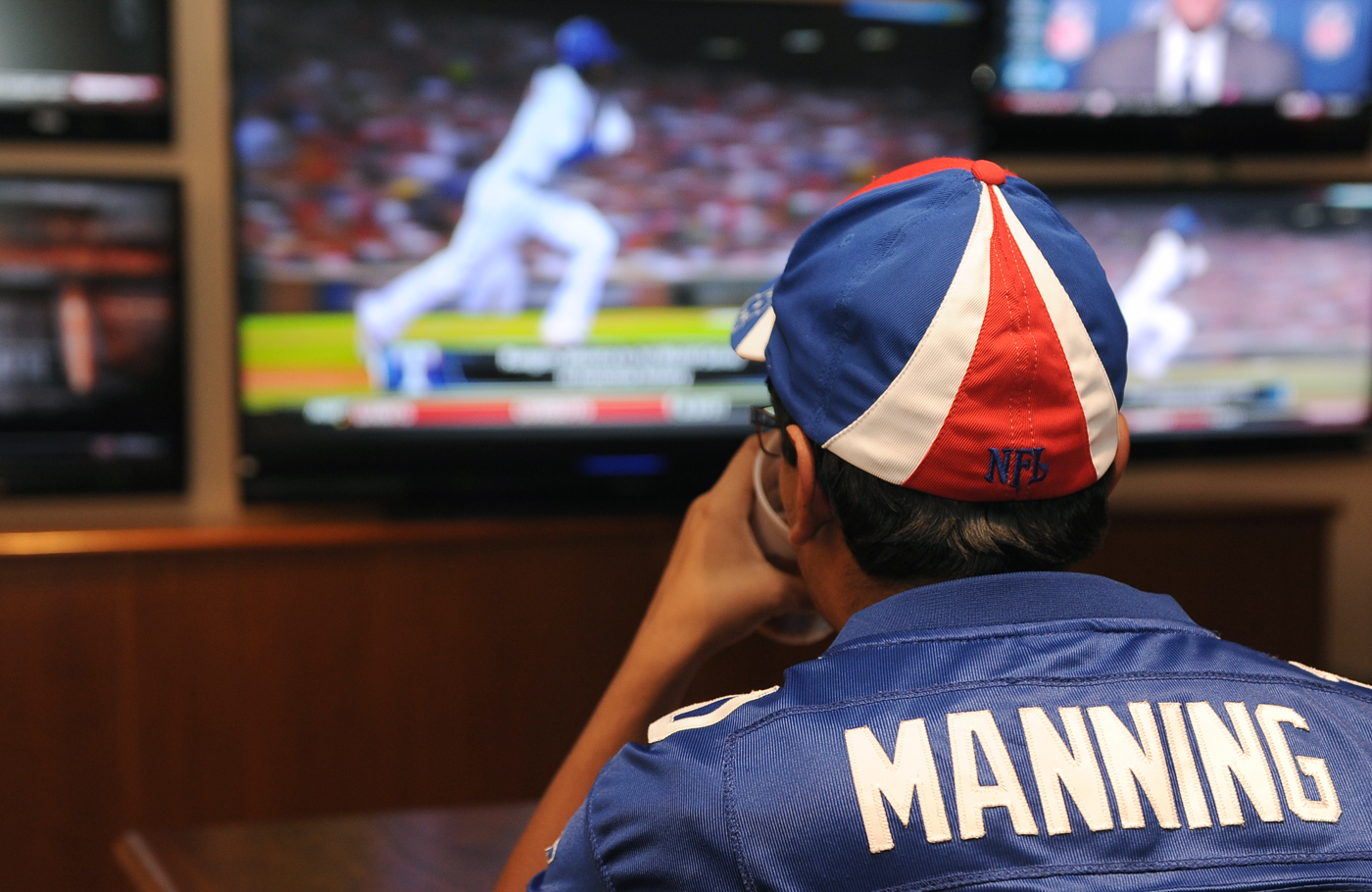In recent weeks, major sports leagues have solidified their partnerships with television networks, signaling a strategic move to enhance content distribution in an evolving media landscape. This trend underscores the ongoing significance of live sports in attracting viewers, even as traditional cable subscriptions decline.
Explainer As A Former DC Cop, The Federal Takeover Was The Right Move
Fox Sports announced an extension of its media rights deal with IndyCar, coupled with a one-third stake acquisition in Penske Entertainment, which includes ownership of IndyCar and the Indianapolis Motor Speedway. This partnership, confirmed in August 2025, reflects Fox's commitment to securing marquee sporting events.
"Content is king," said Chris Jacobs, founder and CEO of Juniper Research Group. "These deals illustrate how leagues recognize the value of collaborating with broadcasters to maximize their reach."
A week later, the National Football League (NFL) revealed it had sold the NFL Network and related properties to ESPN. This agreement, pending regulatory approval and expected to finalize in 2026, will allow ESPN to operate the NFL Network for both cable and streaming audiences. Additionally, ESPN will distribute the NFL RedZone and integrate its fantasy football programs with those of the NFL.
The NFL's move to acquire a stake in CBS through a content partnership with Skydance Media further emphasizes the league's strategy to enhance its media presence. These transactions highlight the increasing importance of live sports in a fragmented media environment, where traditional viewing habits are shifting.
"The NFL's partnership with ESPN is a significant step in adapting to the streaming era," Jacobs added. "It positions both entities to better navigate the changing landscape of sports broadcasting."
The IndyCar deal grants Fox access to one of the largest sporting events globally, the Indianapolis 500, held at the world’s largest venue by seating capacity. This partnership aims to leverage the historical significance of the event to attract a broader audience.
Critics, however, question the sustainability of these new business models. With many fans expressing frustration over the proliferation of streaming services, concerns arise about whether enough viewers will pay for access to sports content. A recent Wall Street Journal column posed a critical question: "What if the league’s place in American life is but an artifact of a technological era?"
As ESPN prepares to launch its new direct-to-consumer streaming service on August 21, the effectiveness of these partnerships in generating revenue remains uncertain. The service will offer sports content for a monthly fee, but it remains to be seen how many fans will subscribe amid rising costs and content fragmentation.
In light of these developments, the sports industry faces a pivotal moment. The recent surge in sports-related gambling has also influenced fan engagement, driving demand for live events. However, as leagues and networks adapt to the streaming era, they must balance profitability with viewer satisfaction.
As the landscape continues to evolve, the partnerships between leagues and broadcasters may serve as a buffer against the challenges posed by declining cable subscriptions. By aligning with major content distributors, leagues like the NFL and IndyCar aim to secure their positions in a rapidly changing environment.
In conclusion, while the partnerships between major sports leagues and networks reflect a proactive approach to content distribution, the long-term implications of these deals will depend on viewer engagement and the ability to adapt to the streaming era's demands.
Why it matters
- Major sports leagues are securing media partnerships to enhance content distribution amid declining cable subscriptions.
- Fox Sports' deal with IndyCar and the NFL's sale to ESPN highlight the growing importance of live sports in media strategy.
- These partnerships aim to attract broader audiences and adapt to changing viewer habits in the streaming era.
What’s next
- ESPN's new streaming service launches on August 21, 2026, testing the effectiveness of these partnerships.
- Regulatory approval for the NFL's sale to ESPN is pending, with finalization expected in 2026.
- Critics are raising concerns about the sustainability of new sports broadcasting business models.
